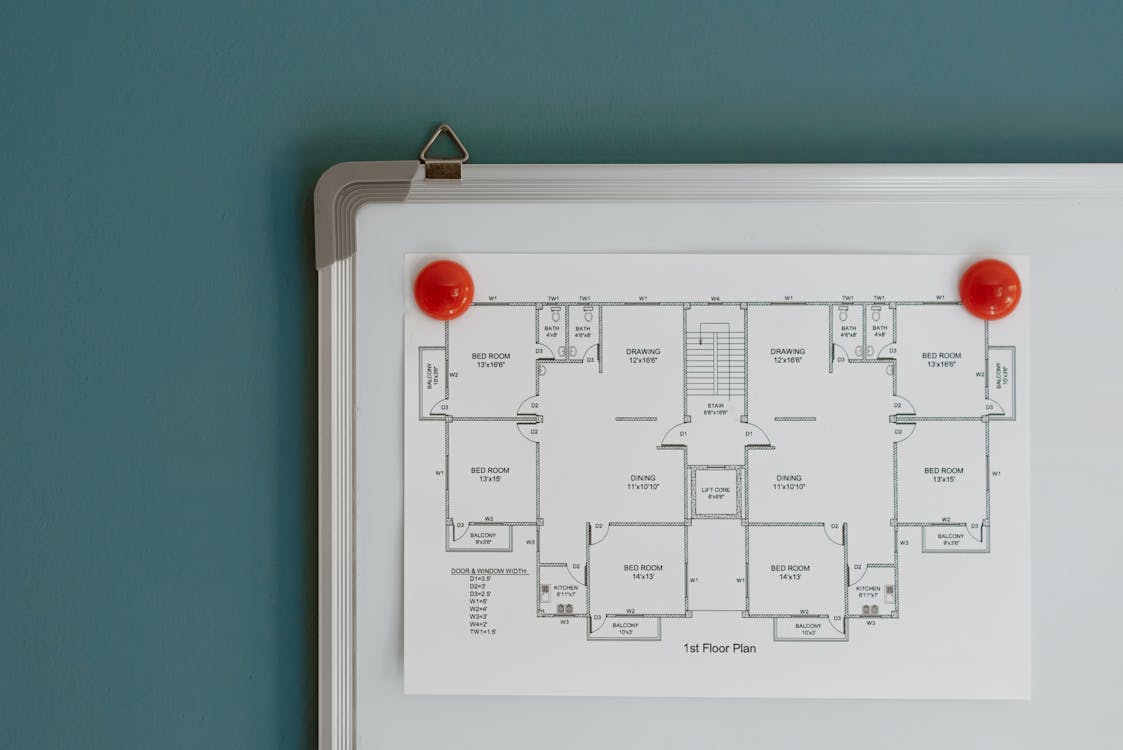
Anete Lusina
Why Learn to Draw Buildings?
Learning to draw buildings opens up a world of artistic expression and creativity. Beyond the aesthetic pleasure of creating beautiful sketches, this skill can be a therapeutic and fulfilling journey. Whether you’re an aspiring architect or someone looking to explore a new hobby, learning to draw buildings offers a unique blend of precision and imagination.
The Therapeutic Aspect of Architectural Drawing
Beyond its professional applications, architectural drawing has therapeutic benefits. Engaging in the meditative process of sketching and learning to draw buildings can provide stress relief and stimulate creative thinking. It’s a journey where every stroke of the pencil becomes a moment of self-discovery.
Getting Started with Basic Shapes
Importance of Mastering Fundamental Shapes
Before delving into intricate architectural details, mastering basic shapes lays the foundation for accurate drawings. Circles, squares, and triangles are the building blocks that help you construct more complex structures with precision.
Tools You Need for Sketching and Designing Buildings
Investing in the right tools is crucial for any artist. From quality pencils and erasers to sketchbooks with durable paper, having the proper equipment enhances the learning to draw buildings and designing buildings experience and ensures better results.
Understanding Perspective
Grasping One-Point Perspective
Perspective is a key element in architectural drawing. Starting with one-point perspective gives depth to your sketches, creating the illusion of three-dimensional space on a two-dimensional surface.
Expanding to Two-Point and Three-Point Perspective
As you advance, exploring two-point and three-point perspective adds versatility to your drawings. This technique is particularly useful when capturing different angles and viewpoints while learning to draw buildings and designing buildings.
Sketching Techniques for Realism
Adding Texture and Depth to Your Drawings
Transforming flat surfaces into realistic structures involves mastering shading techniques. Adding texture and depth through shading brings your drawings of buildings and designed buildings to life, making them visually compelling and believable.
Incorporating Light and Shadows Effectively
Understanding how light interacts with architectural elements is crucial. Highlighting and shadowing play a pivotal role in creating a realistic portrayal of drawings of buildings and designs of buildings, emphasizing form and structure.
Learning from Architectural Styles
Exploring Various Architectural Styles
Architectural diversity offers a rich tapestry of styles to explore. From classical to modern, each style presents unique challenges and opportunities for artistic expression in drawing and designing buildings.
How Different Styles Influence Drawing Approaches
Adapting your drawing techniques to suit various architectural styles enhances your versatility as an artist. Whether it’s the intricate details of Gothic architecture or the sleek lines of modern building design, each style presents an exciting challenge.

Scott Webb
Taking Inspiration from Famous Architects
Analyzing the Works of Renowned Architects
Studying the works of famous architects provides insight into their unique approaches to designing buildings. Analyzing architectural masterpieces serves as a wellspring of inspiration, helping you refine your own style in learning to draw buildings and designing buildings.
Incorporating Signature Styles into Your Drawings
While learning from the masters, don’t hesitate to incorporate elements of their signature styles into your drawings. This not only pays homage to their influence but also allows you to create a distinctive artistic identity in drawing buildings and designing buildings.
Overcoming Common Challenges
Dealing with Proportions and Scaling
Maintaining accurate proportions is a common challenge in architectural drawing and designing buildings. Strategies such as using reference points and grids can help you overcome this hurdle, ensuring your drawings of buildings and designed buildings are structurally sound on paper.
Building Confidence in Your Artistic Expression
Self-doubt is a natural part of the artistic journey. Building confidence involves embracing imperfections and viewing mistakes as opportunities to learn and grow. Remember, each stroke contributes to your progress as an artist in drawing buildings and designing buildings.
Utilizing Technology in Architectural Drawing
Digital Tools for Architectural Sketching
In the age of technology, incorporating digital tools into your artistic arsenal opens up new possibilities. Software and applications designed for architectural drawing provide a dynamic platform for experimentation and innovation in designing buildings.
Blending Traditional and Digital Techniques
While digital tools offer convenience, don’t overlook the tactile pleasure of traditional sketching. Combining both approaches allows you to leverage the advantages of each, creating a well-rounded drawing experience in designing buildings.
Joining Drawing Communities
Benefits of Connecting with Fellow Artists
Art thrives in communities. Joining drawing communities provides a platform for sharing experiences, receiving constructive feedback, and staying motivated. Surrounding yourself with like-minded individuals enhances your artistic journey in drawing buildings and designing buildings.
Participating in Workshops and Online Classes
Continuous learning is essential in any artistic pursuit. Participating in workshops and online classes introduces you to new techniques, perspectives, and mentors, accelerating your growth as an architectural artist in designing buildings.
Showcasing Your Work
Building a Portfolio of Architectural Drawings
As your skills evolve, curate a portfolio showcasing the diversity of your architectural drawings and designs of buildings. A well-organized portfolio not only reflects your progress but also serves as a powerful tool when applying for opportunities in the fields of architecture or designing buildings.
Sharing Your Creations on Social Media Platforms
In the digital age, social media acts as a global gallery for artists. Share your drawings on platforms like Instagram, Pinterest, or Behance. Engaging with a wider audience provides valuable feedback and fosters connections with fellow artists and enthusiasts in learning to draw buildings and designing buildings.

SevenStorm JUHASZIMRUS
The Evolution of Your Drawing Style
Embracing Continuous Learning and Growth
Art is a journey, not a destination. Embrace the continuous learning process that comes with architectural drawing and designing buildings. Explore new styles, experiment with different techniques, and be open to evolving your artistic approach over time.
Finding Your Unique Voice in Architectural Drawing
Amidst the myriad of influences, strive to find your unique voice in architectural drawing. Whether it’s a distinct way of capturing light or a signature approach to detailing, cultivating your individuality sets you apart in the artistic landscape of designing buildings.
Learning to draw buildings and designing buildings is not just about replicating structures on paper; it’s about expressing your interpretation of the world through art. The journey is as important as the destination, filled with challenges, triumphs, and endless opportunities for growth.
Begin your architectural drawing adventure with a solid foundation in basic shapes and perspective. As you delve into the intricacies of different architectural styles and techniques, remember that every stroke brings you closer to unleashing your creativity in learning to draw buildings and designing buildings.
